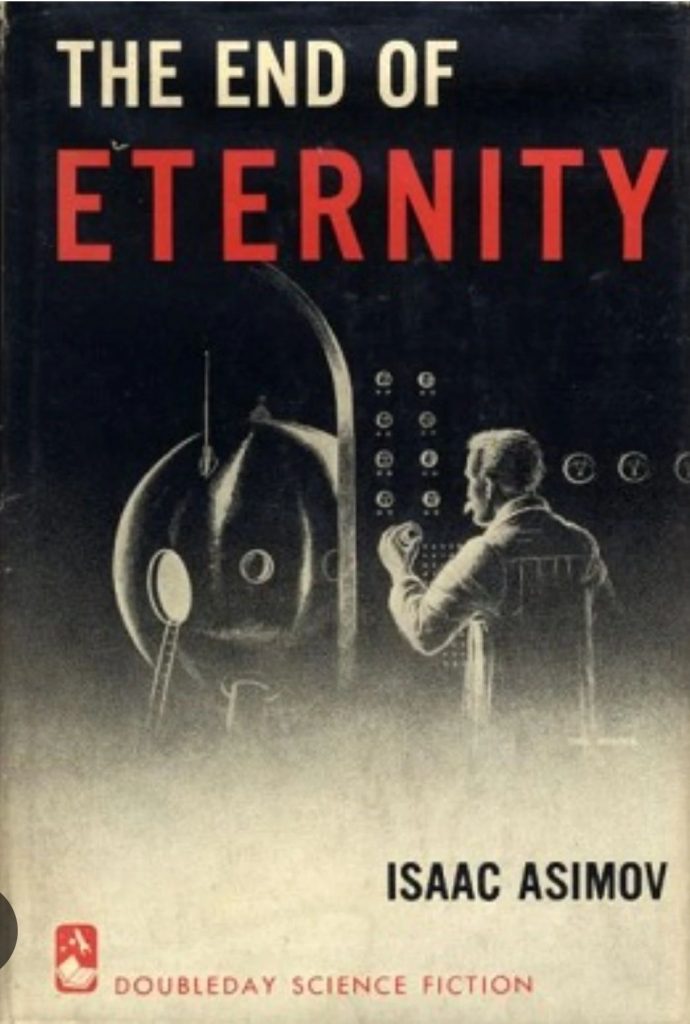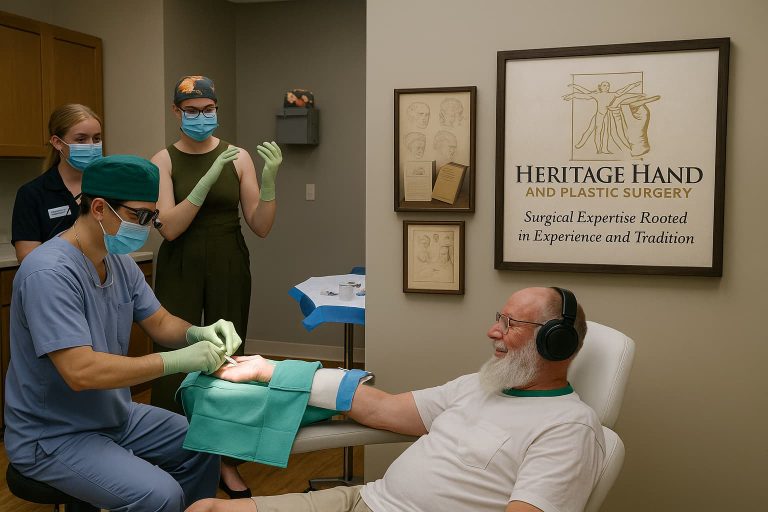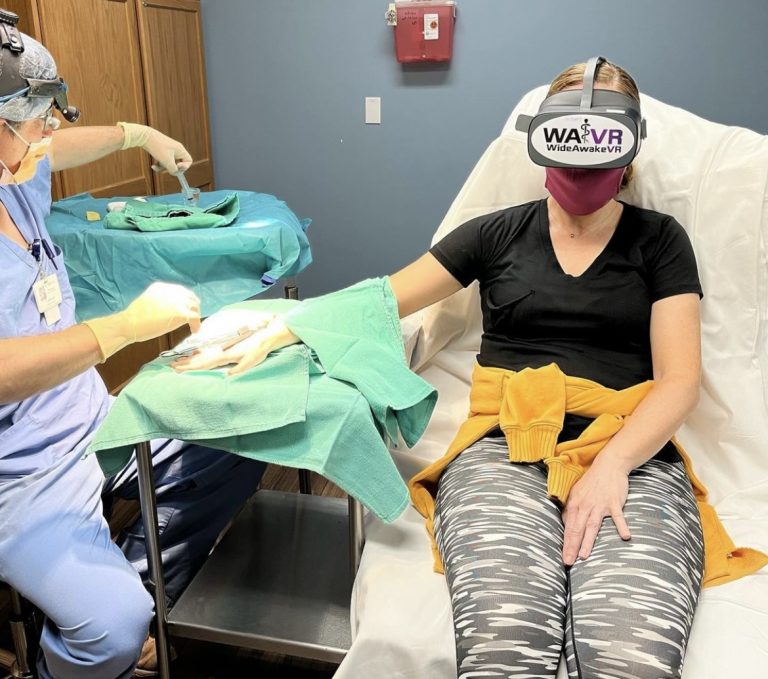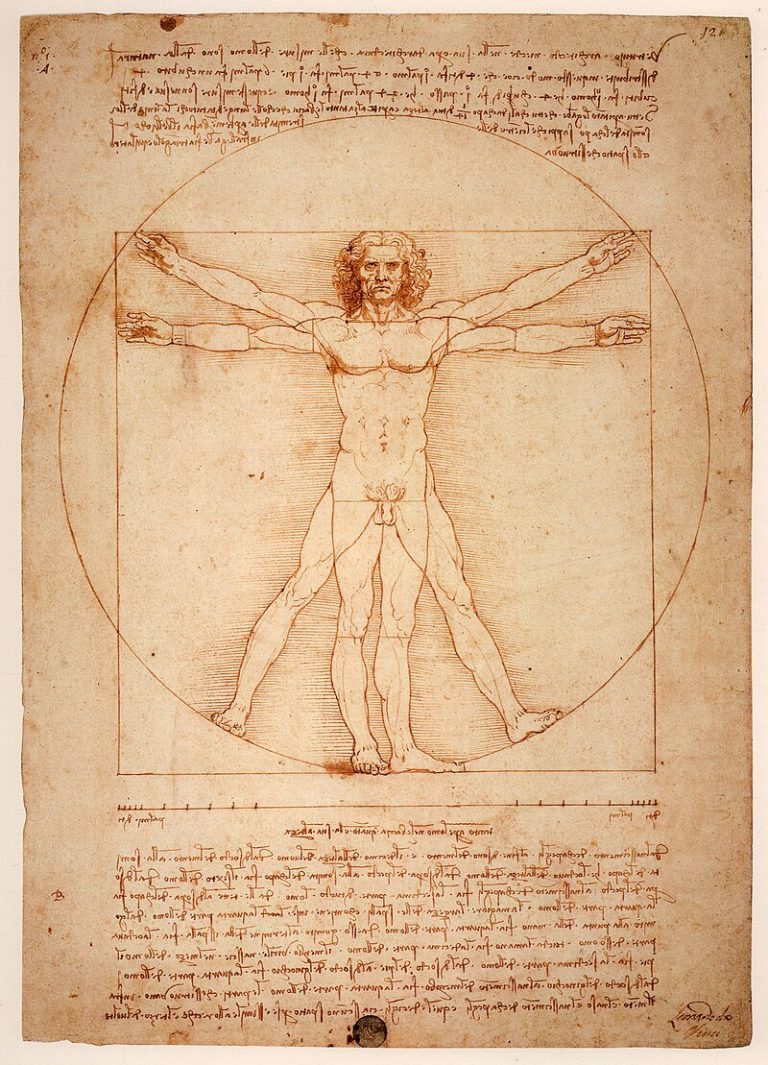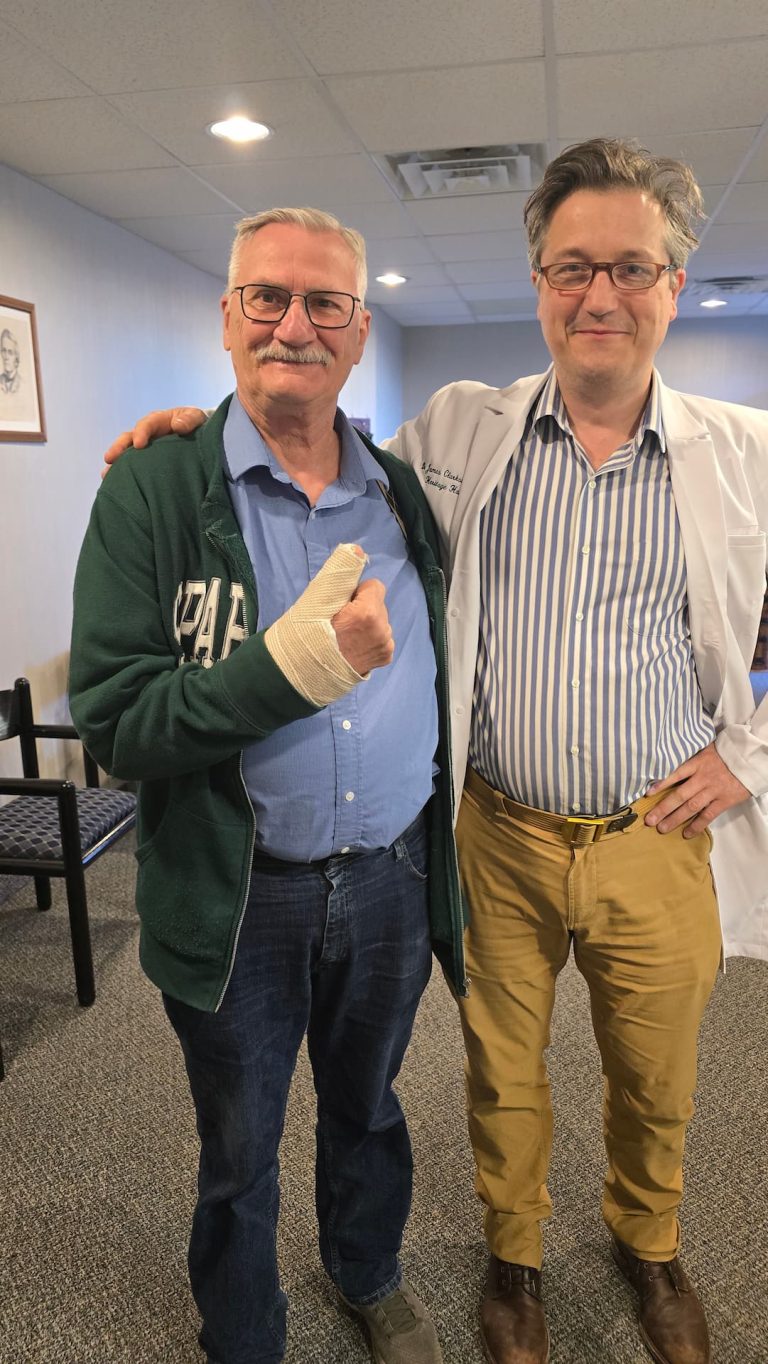The Minimum Necessary Change: Lessons from Asimov to WALANT Surgery
Years ago, as a teenager with dreams of medical school, I was captivated by Isaac Asimov’s “The End of Eternity.” Beyond its thrilling narrative about time travel, the book delves into the intricate dance between “change” and the “computation” required to effect that change safely.
The protagonist, Andrew Harlan, is tasked with calculating the “minimum necessary change” (MNC) to alter the future without causing chaos. This concept has always resonated with me and I see it best practiced by the world community of WALANT surgeons.
Just like Harlan’s eternal computations, in surgery, we strive to find that delicate balance. Too extensive a procedure, and we risk plunging our patients into a future of unpredictability. Too conservative, and the disease persists unchecked.
This challenge is what drew me to WALANT (Wide Awake Local Anesthesia No Tourniquet) hand surgery. It embodies the principle of MNC, where we aim to make the smallest intervention that still provides the maximum benefit in terms of functional improvement and pain reduction.
Each surgery, much like each change in Asimov’s novel, must be meticulously planned and executed to ensure we alter our patients’ lives for the better, with the precision and care needed to avoid unintended consequences.
